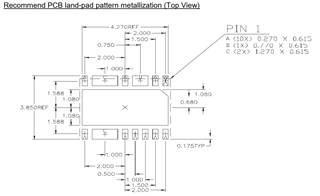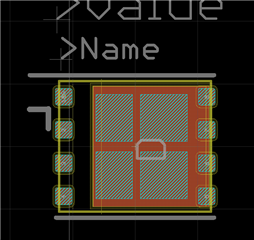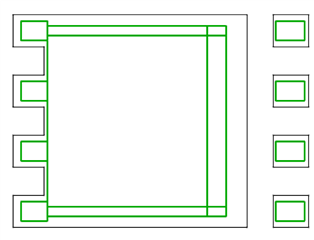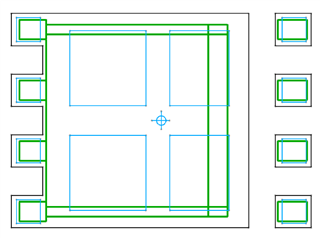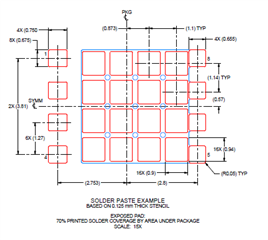Systemic data sheet weakness.
Mechanical dimensions for footprints in most data sheets looks to be done by some mechanical engineers, or some summer interns.
Assumptions and conventions from the mechanical engineering field correspond poorly to generating data for making foot prints in a EDA package.
Simply, a footprint drawing is not like any other mechanical drawing.
Needed:
- Center of each pad as an offset from the center of the part. Center, is the middle of the part where the part and place machine picks the part up.
- Size of each pad.
- Pitch, i.e. distance from pad to pad in repeated patterns.
Stencil openings are usually defaulted to some value by EDA program, and do not need a separate drawing, unless a very large pad where it can be split up and/or reduced.
This may look totally "wrong" to a mechanical engineer, but this data is not being fed into a CNC machine or handed off to some machinist.
TI is not alone in this tradition of unsuitable information, which has a long history.
Also, PDF's of TI data sheets are not name by their part number, which does not help.
I gave give examples of competitors drawings and PDF's that are actually helpful.
Good:
The foot print drawing was fuzzier
